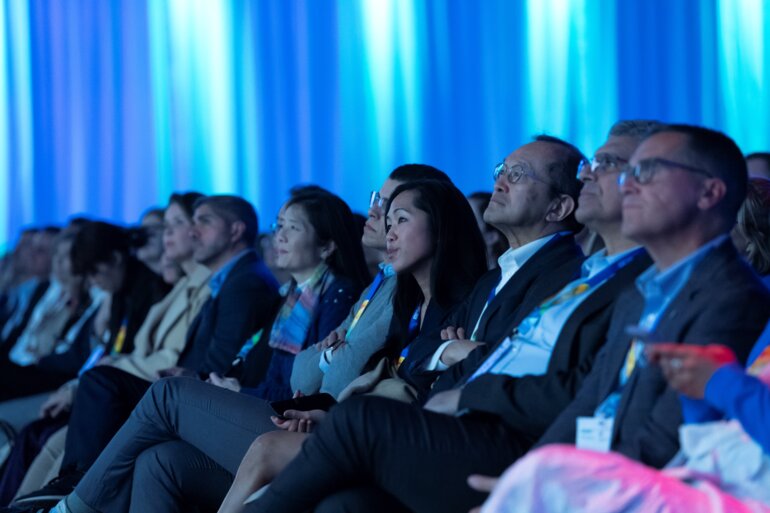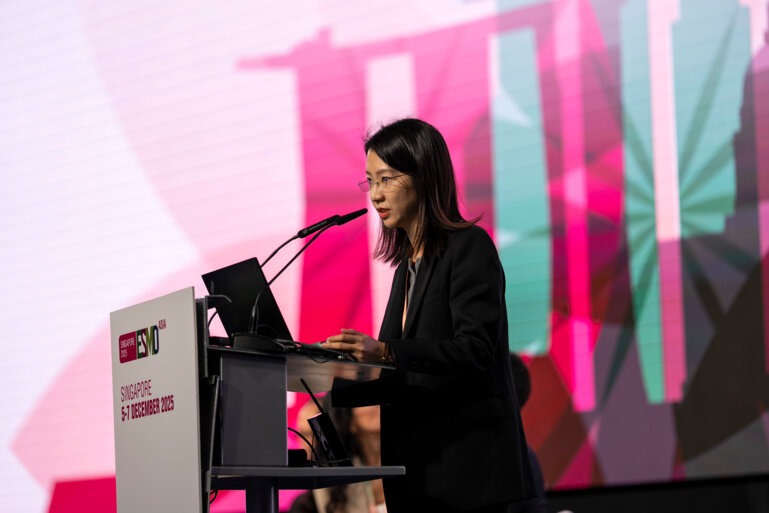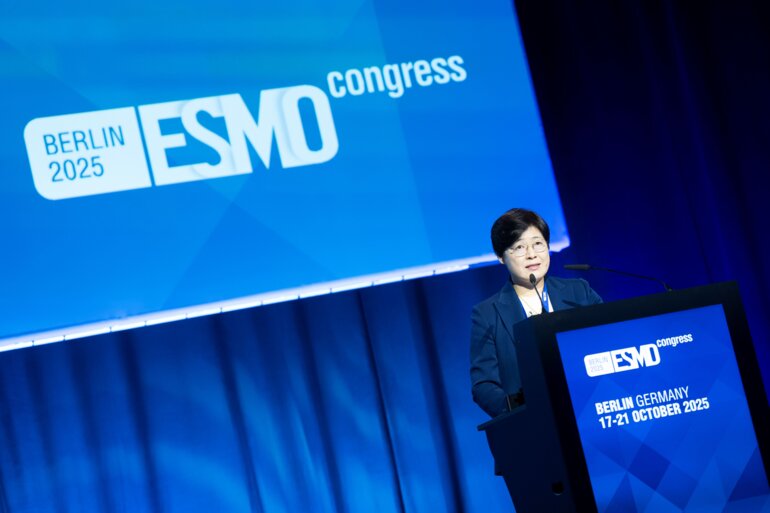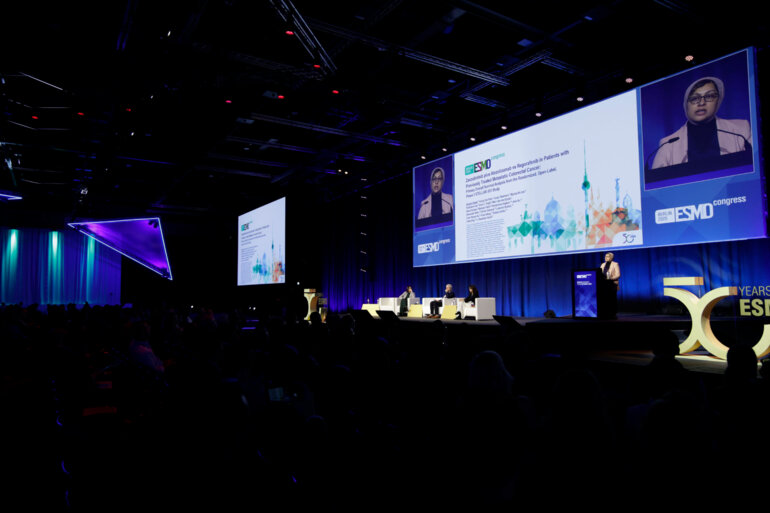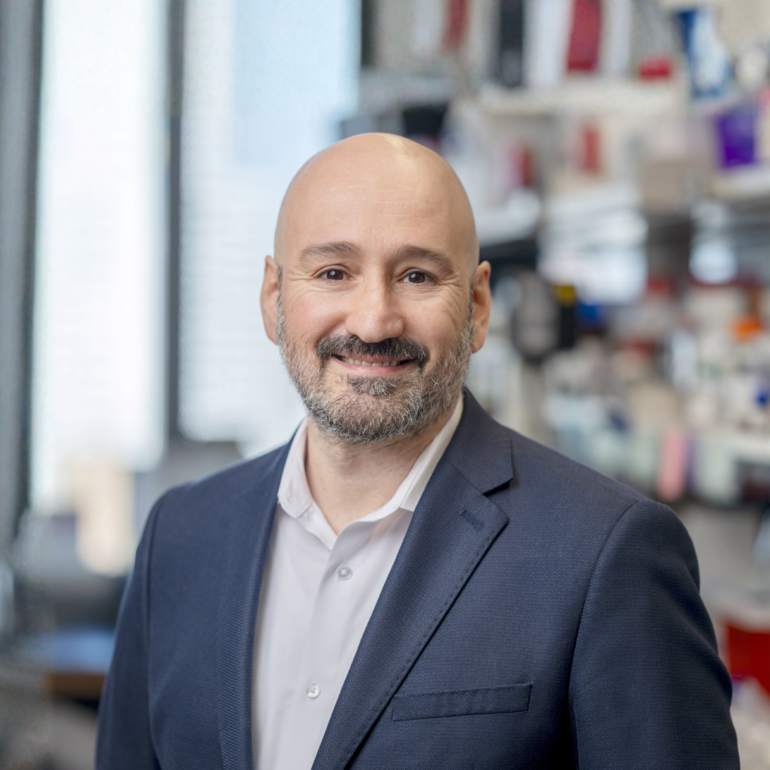While the IMbrave152/SKYSCRAPER-14 trial showed no added benefit with tiragolumab, other studies are ongoing to explore the potential of additional immune checkpoint inhibition in combination with standard therapy
Negative findings from the phase III IMbrave152/SKYSCRAPER-14, investigating the addition of the anti-TIGIT monoclonal antibody tiragolumab to first-line standard therapy in untreated locally advanced or metastatic hepatocellular carcinoma (HCC), leave unanswered whether an additional immune checkpoint inhibition approach can improve patient survival (LBA50 ).
“I can expect in the next one or two years of time, we will have a definitive answer,” stated Prof. Stephen Chan of the Chinese University of Hong Kong, discussing the study data presented at the ESMO Congress 2025. Atezolizumab plus bevacizumab is an established first-line standard of care for patients with unresectable HCC (Ann Oncol. 2025 May;36(5):491-506 ), however not all patients experience durable clinical benefit due to the heterogeneous nature of this tumour type. Earlier this year, results were published suggesting that the addition of tiragolumab to atezolizumab and bevacizumab might be more clinically active than atezolizumab plus bevacizumab alone in unresectable hepatocellular carcinoma (Lancet Oncol. 2025 Feb;26(2):214-226). “Results from the phase Ib/II MORPHEUS-Liver study reported not only an improvement in the progression-free survival (PFS), but also in overall survival (OS). So, why we could not reproduce these in a phase III study?,” questioned Chan.
In the IMbrave152/SKYSCRAPER-14, 669 patients with unresectable locally advanced or metastatic HCC were randomised to receive tiragolumab plus atezolizumab and bevacizumab (n=331) or a placebo added to standard therapy (n=338). At a median follow-up of 12.5 months, no added benefit was observed in the group receiving additional anti-TIGIT treatment compared to the control group, with a median investigator-addessed (INV)-PFS of 8.3 months versus 8.2 months, respectively [hazard ratio (HR) 0.97, 95% CI 0.80–1.17]. OS data were immature and not expected to reach statistical significance.
Overall, safety results were similar in both treatment arms and generally consistent with previously reported data for the combination of tiragolumab, atezolizumab and bevacizumab.
Analysing the possible reasons behind these negative results, Chen noted that a poor reproducibility of promising phase II data of tiragolumab into phase III has been common to other malignancies such as lung and esophageal cancers. Patients selection may have also played a role, he suggested. In the MORPHEUS-Liver study, the confirmed objective response rate (ORR) was 43% in the tiragolumab plus atezolizumab plus bevacizumab group and 11% in the atezolizumab plus bevacizumab group. But Chen highlighted that “if you look at adverse prognostic features in the control arm, you see that more patients with higher alpha-fetal protein, or fewer patients with hepatitis B were recruited. So, I argue this was an underperforming control arm and that if they recruited more patients, perhaps the performance of the control arm would have been slightly better.”
According to Chen, the disappointing results from the IMbrave152/SKYSCRAPER-14 trial should not discourage further investigation of additional immune checkpoint inhibition on top of the current standard backbone regimen, addressing emerging targets such as LAG-3, TIGIT, and TIM-3. “We still have two opportunities. One is the ongoing phase III ARTEMIDE-HCC01 study evaluating rilvegostomig, a bispecific monoclonal antibody targeting PD-1 and TIGIT receptors, plus bevacizumab with or without tremelimumab (NCT06921785 ). Another study is the phase II AMBER study, investigating TSR-022, an anti-TIM-3 monoclonal antibody, which is going to have complete accrual (NCT02817633),” he concluded. “If these approaches do not prove effective, we still have many opportunities like the cellular therapy or bispecific T-cell engager, which are already being tested in HCC.”



